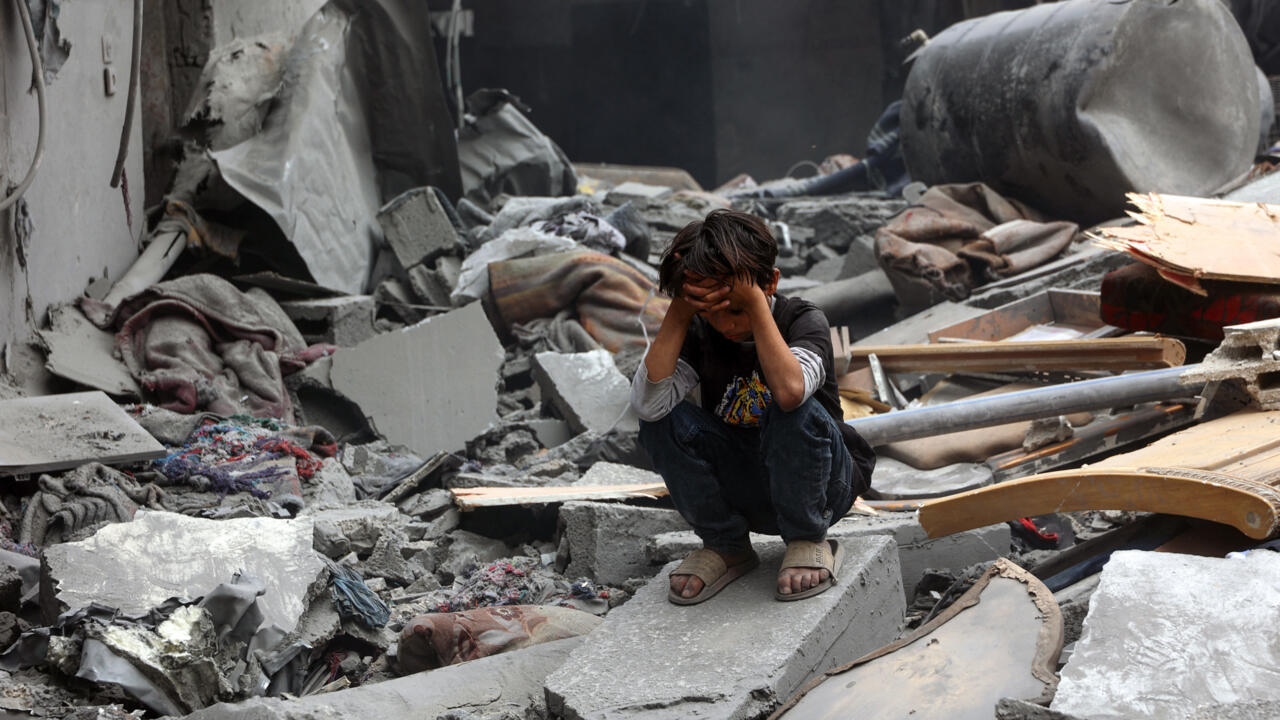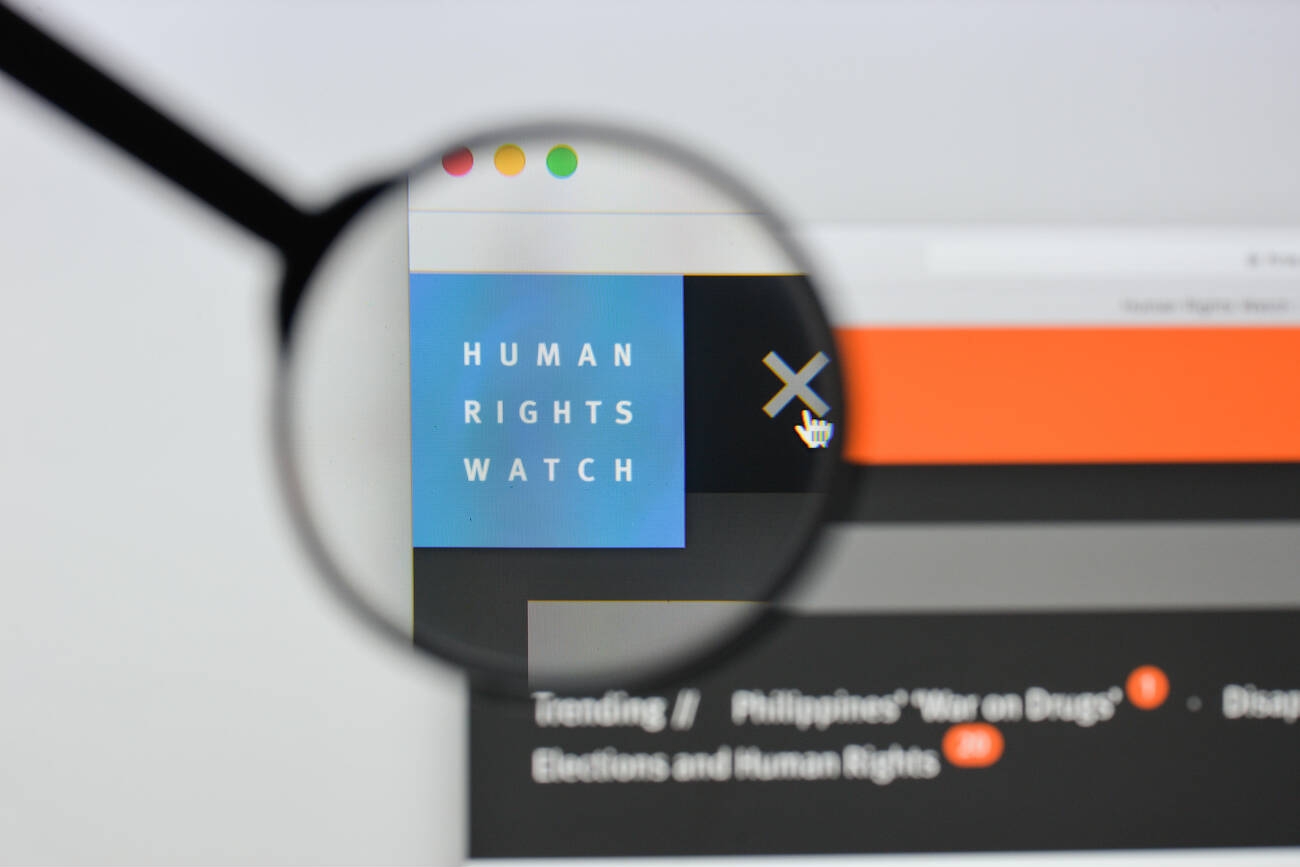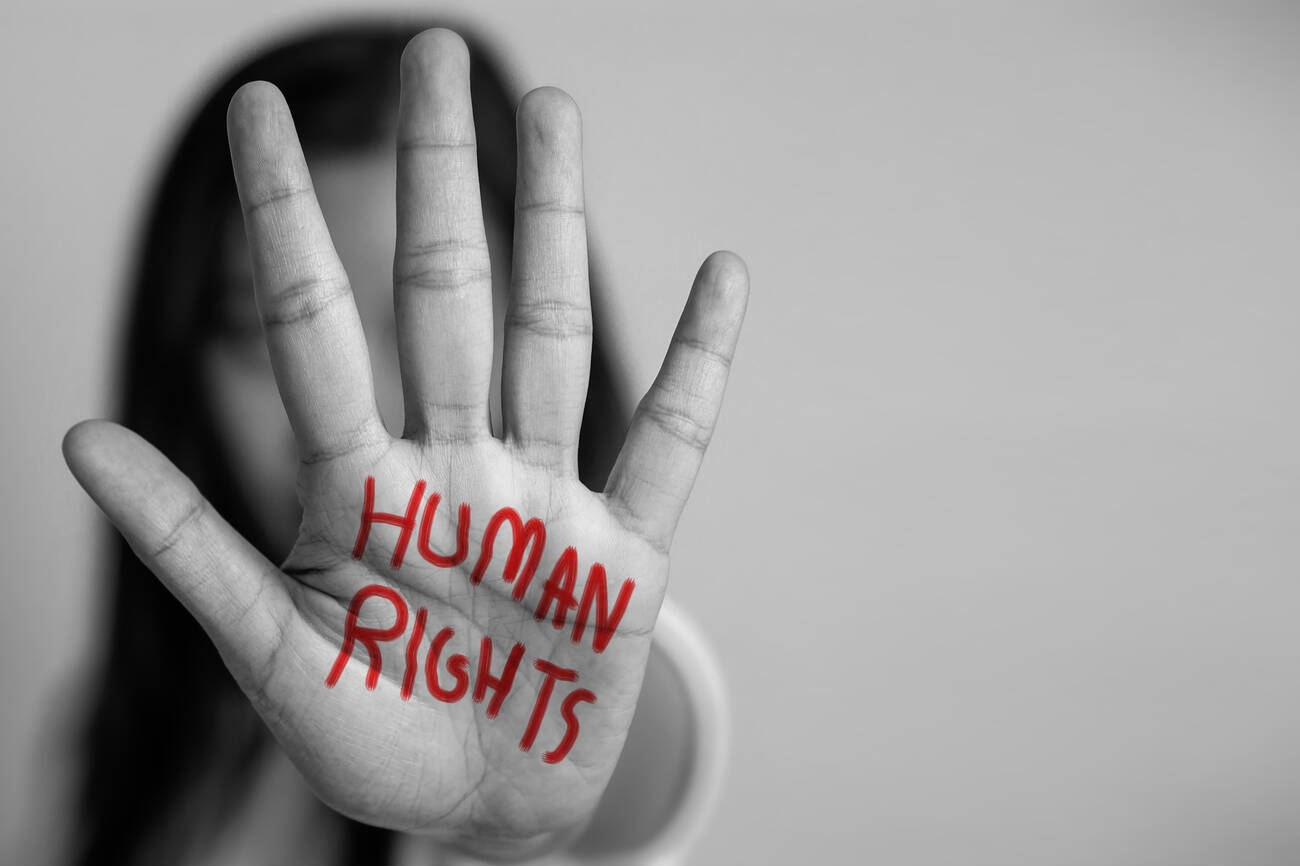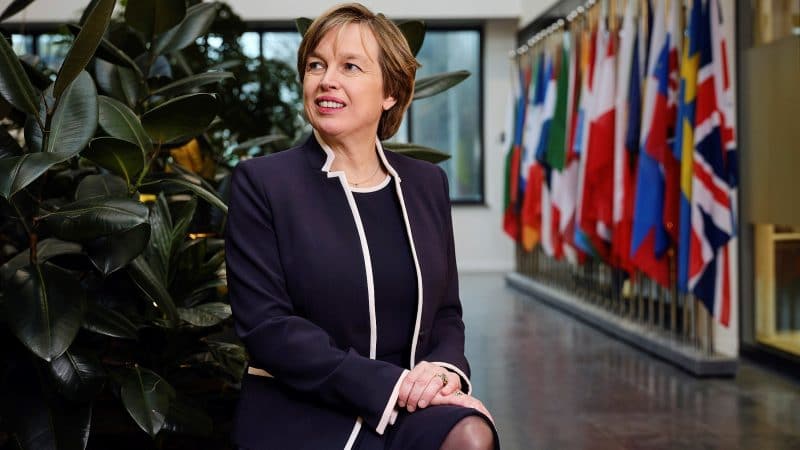Human Lives Human Rights: Modern slavery is driven by power imbalances, and gender inequality heightens the vulnerability of women and girls to exploitation. Gender-based discrimination starts at birth and continues to impact women throughout their lives, influencing their opportunities and experiences. Laws and social norms that differentiate between daughters and sons limit women’s prospects and heighten their exposure to exploitation. According to the World Economic Forum, if progress continues at its current pace, full gender parity will be achieved in 134 years, extending four generations beyond the 2030 Sustainable Development Goal deadline.
Gender inequality increases the risk of modern slavery for women and girls
Girls worldwide are born into social structures that place them at a disadvantage. This inequity increases their susceptibility to abuse and exploitation, including forms of modern slavery. Women and girls are particularly affected by forced labor, human trafficking, forced marriage, and child marriage. Intersecting factors such as poverty, inadequate education, and limited access to healthcare further exacerbate their vulnerability. Social conventions that devalue women’s economic contributions restrict their access to education and decent employment, creating generational cycles of economic hardship.
Forced marriage is identified as a subtype of modern slavery, defined as any circumstance where an individual, irrespective of age, is compelled to marry without their consent. It is estimated that 22 million individuals, including 14.9 million women and girls, currently live in forced marriages worldwide according to research from Walk Free, the International Labour Organization (ILO), and the International Organization for Migration (IOM). Once trapped in forced marriages, women and girls encounter an increased risk of sexual exploitation, violence, domestic servitude, and various forms of forced labor both within and outside their homes.
Economic disparities further amplify the risk of modern slavery. In societies where girls are perceived as economic liabilities, practices like sex-selective abortions lead to diminished birth and survival rates for girls. Discrimination often intensifies as girls mature, resulting in fewer girls attending school or receiving medical care compared to boys. Women are more likely to fall into poverty and work in informal sectors that lack adequate labor protections. Findings from the ILO in 2021 revealed that over 60 percent of domestic workers in Asia and the Pacific are excluded from national labor laws, and nearly 85 percent are employed informally.
International law establishes standards for nations, setting forth rights and responsibilities intended to hold governments accountable. However, in many jurisdictions, domestic laws exacerbate the issues surrounding modern slavery instead of alleviating them. Some laws hinder women’s ability to inherit land, grant citizenship to their children, travel independently, or work without their husband’s approval. Others provide a means for rapists to evade punishment if they marry their victims.
Several international conventions aim to safeguard the human rights of women and girls, including the Convention on the Elimination of Discrimination Against Women (1979), the Optional Protocol to the Convention on the Elimination of All Forms of Discrimination against Women (1999), the ILO Domestic Workers Convention (2011, No. 189), and the Convention on Consent to Marriage, Minimum Age for Marriage, and Registration of Marriages (1962).
Efforts to achieve gender equality play a significant role in combatting modern slavery. The United Nations has acknowledged gender equality as a vital accelerator in reaching the Sustainable Development Goals, particularly SDG Target 8.7, which advocates for the eradication of forced labor, modern slavery, and human trafficking. While the SDGs have a 2030 deadline, those concerning children, such as ending child labor, are set for 2025. Nonetheless, with one in five children in the world’s poorest countries likely still forced to work in 2024 according to the ILO, this deadline seems improbable. Government officials, civil society organizations, and UN agencies continue to address challenges in fulfilling the commitments made at Beijing+5, the 2000 Political Declaration that laid the groundwork for action on gender equality.
Achieving gender equality is essential for eradicating modern slavery. Tackling the underlying causes of discrimination, fortifying legal protections, and enhancing economic opportunities for women and girls are fundamental steps toward breaking the cycles of exploitation and abuse.

















